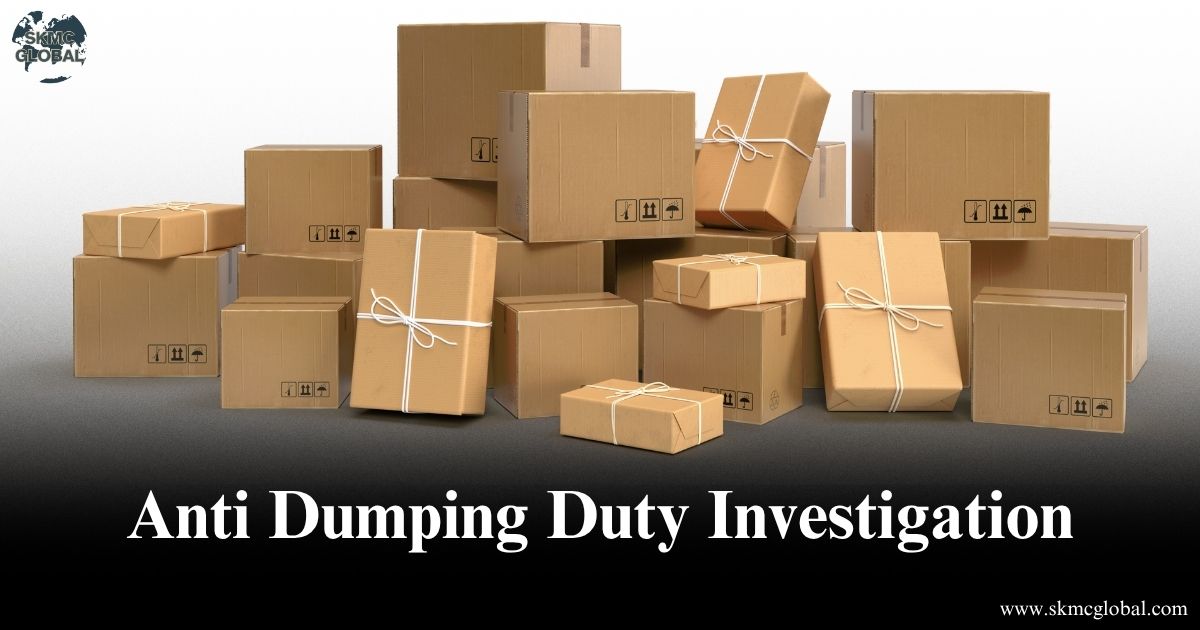
With the globalization era, international trade contributes significantly to the growth of economies. However, improper trades like dumping in foreign trade have the capability to impact domestic industry. To combat such things, anti dumping legislation and imposition of anti dumping duty has been adopted by the majority of countries including India.
The article gives an overview of anti dumping duty investigations, procedural action taken, and roles of stakeholders. It also discusses the application of anti dumping measures, anti dumping policies, and antidumping duties in protecting national economic interests.
Understanding Dumping in International Trade
Foreign trade dumping is the sale of a product by a company for less than its selling price in the home market. Although seemingly beneficial to consumers in the form of lower prices, it can hurt the home country domestic industry. Over the long run, dumping causes loss of market share, reduced profitability, and even closure of factories in the home country manufacturing business.
To counteract this, governments impose anti-dumping duty, a form of tariff that brings the price of imported goods to a fair level and protects local manufacturers from unfair competition.
What is Anti Dumping Duty?
Anti dumping duty is a protective duty imposed by a government on foreign imports that are being sold at a rate lower than fair market price. Anti-dumping duties are allowed under the terms of World Trade Organization (WTO) but should be based on clear evidence and in line with a prescribed procedure.
The basic objective of anti dumping measure is not to restrict trade but to guarantee fair competition and avoid harm to domestic industry through dumping imports on account of price unfairness by foreign exporters.
The Directorate General of Trade Remedies (DGTR) which operates under the Ministry of Commerce and Industry is the nodal department which is in charge of all anti dumping law of India matters.
When is the Anti Dumping Investigation Conducted?
An anti dumping investigation is conducted when a domestic industry makes a written application to the DGTR. The application must furnish evidence that:
- Dumping of foreign trade is occurring.
- An anti-dumping investigation is conducted when there is damage or threat of damage to the domestic industry.
- There is cause-and-effect relationship between the dumped imports and the resulting injury.
- The DGTR reviews the application for adequacy and accuracy before deciding to initiate an investigation.
Procedure of Anti Dumping Duty Investigation
The investigation procedure of anti dumping duty involves the following steps:
- Party Filings: Domestic producers submit Party Petitions and supporting evidence of dumping, injury, and cause-and-effect relationship for filing.
- Investigation Initiation: DGTR scrutinizes the evidence and, if convinced, publishes a public notice to initiate the investigation.
- Preliminary Results: 60–90 days later, DGTR can recommend interim duties if necessary evidence is established.
- Data Collection: Comprehensive questionnaires are submitted with exporters, importers, and domestic producers; evidence is verified by means of inspection.
- Disclosure of Facts: Results are disclosed to all stakeholders so that they may react prior to final determination.
- Final Order: DGTR issued final results and suggested duties if warranted after considering all inputs.
- Imposition of Duty: The Ministry of Finance imposes the anti dumping duty, for a five year period extendable upon review.
Additional Procedural Points
- Protection of Confidentiality: All the participants who furnish data can avail themselves of confidentiality under Rule 7 of Anti Dumping Rules. DGTR provides equitable treatment of proprietary business information.
- Participation of Interested Parties: Aside from domestic producers and exporters, importers, trade associations, and user industries may also participate and offer their opinions during the investigation.
- Reviews during Sunset and Mid-Term: Responsibilities may be reviewed after 5 years or even before if changes are substantive. Interested applicants can request sunset or mid-term review.
Objectives of Anti Dumping Duty
The major objectives of anti dumping policies and duties are to:
- Avoid unjust trade
- Create a level playing field for local manufacturers
- Ensure sound competition in the market
- Secure employment and investments in local industries
Challenges Faced by Companies
Domestic and international parties concerned can have some problems during the course of an anti dumping investigation, which are:
- Complex legal documentation
- Response to DGTR questionnaire
- Filing cost and injury data in prescribed format
- Managing time lines and compliance
These problems are resolved through experience in anti-dumping law and knowledge of investigation procedures.
Penalties and Legal Consequences
Noncompliance with procedures of investigation or improper disclosure could lead to negative inferences being drawn, which would result in increased duties or outright rejection of claims. Exporters and importers should take these investigations seriously and respond quickly in furnishing confirmed data.
How Can SKMC Global Help?
- Notice Review: Review the notice of DGTR or Customs and determine principal compliance requirements.
- Response Drafting: Draft proper responses and collect necessary documents and information.
- Support Investigation: Assist response to DGTR questionnaires, injury investigation, and cost submissions.
- Representation: Client representation before DGTR, Customs, and Ministry of Finance.
- Documentation: Drafting legal and technical submissions under anti dumping law, together with related timely filings.
- Post-Investigation: Assistance on appeals, reviews, or sunset review proceedings with continuous compliance counsel.
Conclusion
Understanding of anti dumping duty and investigation process are essential in today's international trade. As more dumping cases occur at world trade, both foreign exporters as well as domestic industries must realize their obligations and rights under anti dumping law. The procedure laid down by Indian authorities provides transparency and fairness of treatment.
Recent Posts
-
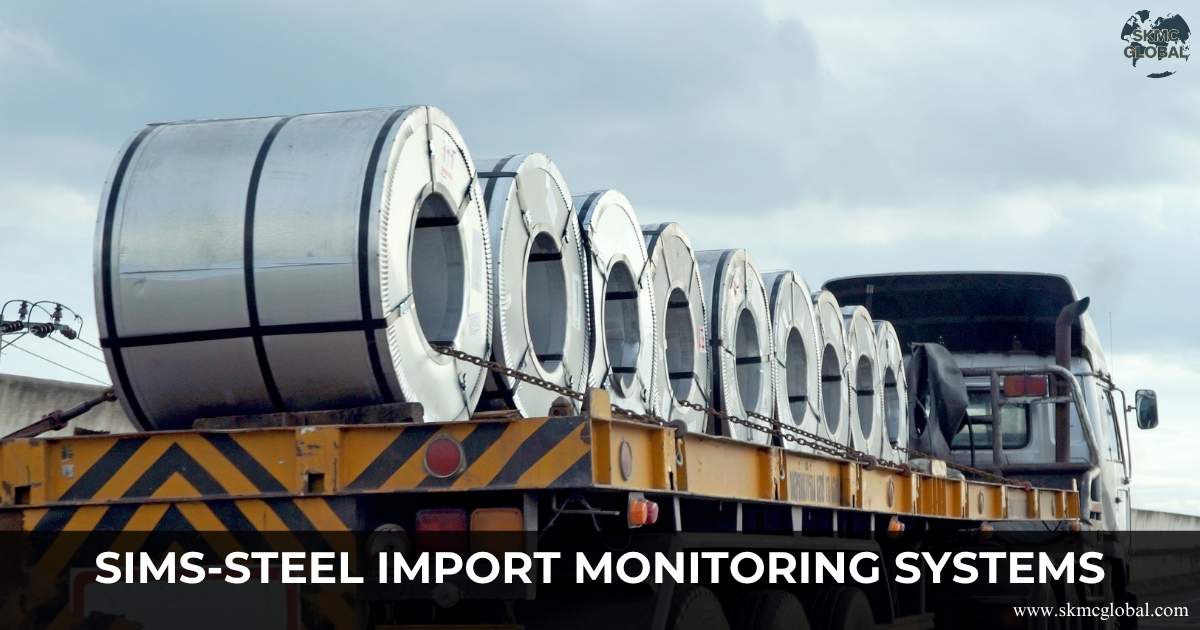 What is SIMS and When It Is Required?...
Nov 10,2025
What is SIMS and When It Is Required?...
Nov 10,2025
-
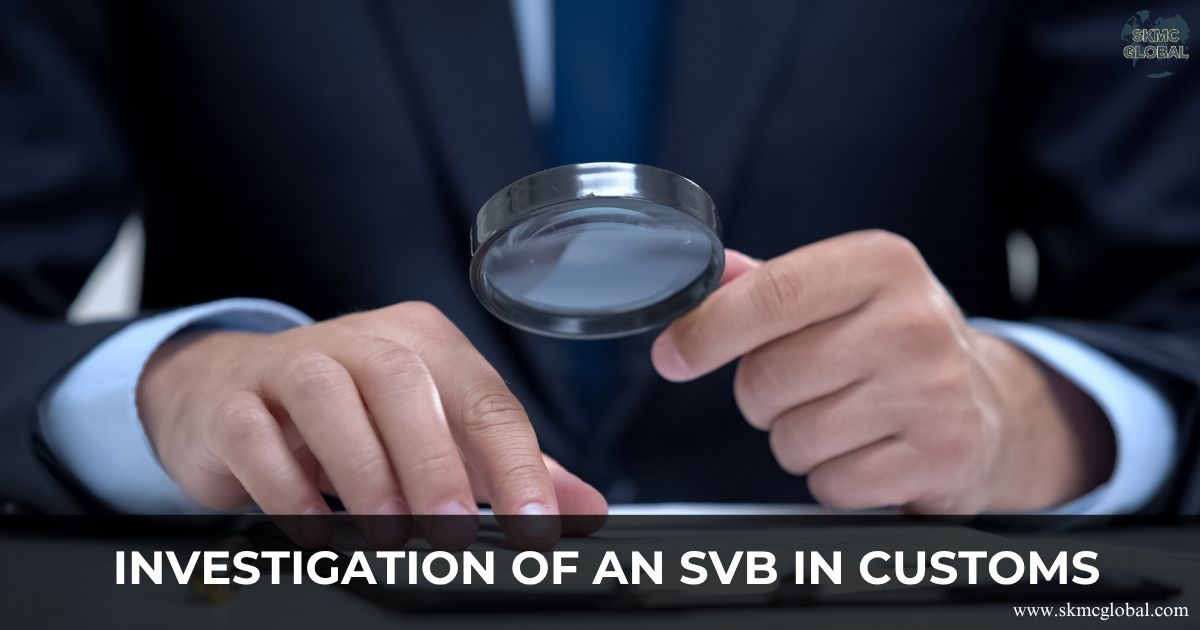 What if your SVB investigation does not satisfy cu...
Nov 04,2025
What if your SVB investigation does not satisfy cu...
Nov 04,2025
-
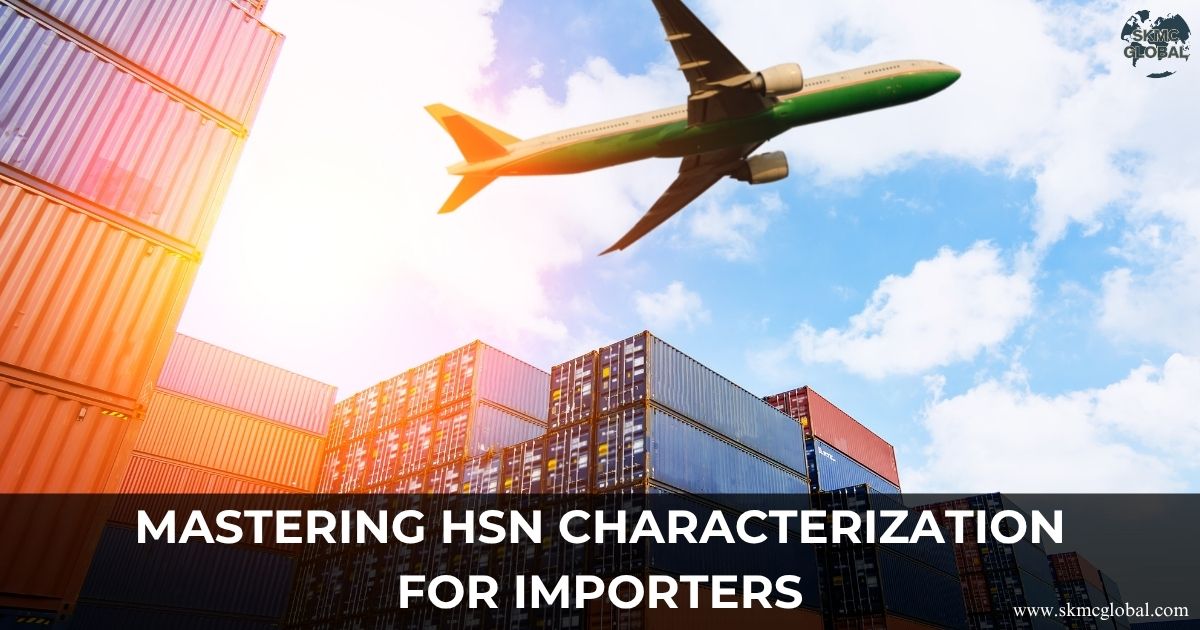 Mastering HSN Characterization for Importers...
Oct 29,2025
Mastering HSN Characterization for Importers...
Oct 29,2025
-
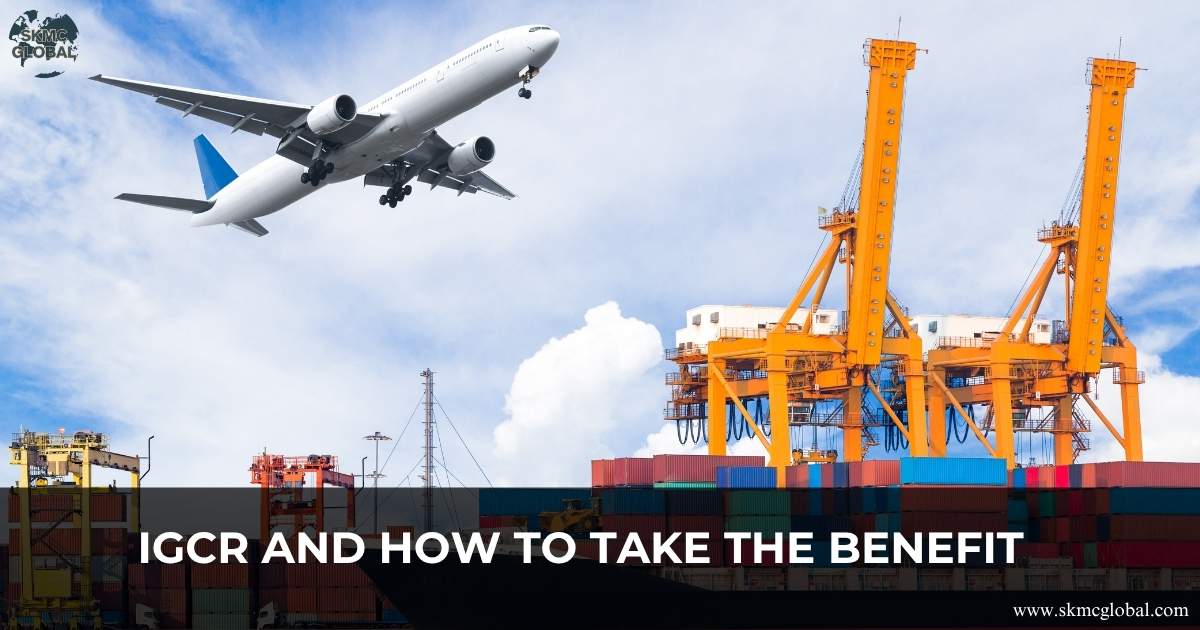 What is IGCR and How to Take the Benefit?...
Oct 18,2025
What is IGCR and How to Take the Benefit?...
Oct 18,2025
-
 What is CAROTAR and Its Impact on Industry?...
Oct 15,2025
What is CAROTAR and Its Impact on Industry?...
Oct 15,2025
-
 India’s Free Trade Agreement with Europe ...
Oct 14,2025
India’s Free Trade Agreement with Europe ...
Oct 14,2025
-
 Comprehensive Economic Partnership Agreement of In...
Oct 13,2025
Comprehensive Economic Partnership Agreement of In...
Oct 13,2025
-
 Refund under Section 75 of Customs Act, 1962...
Oct 11,2025
Refund under Section 75 of Customs Act, 1962...
Oct 11,2025
-
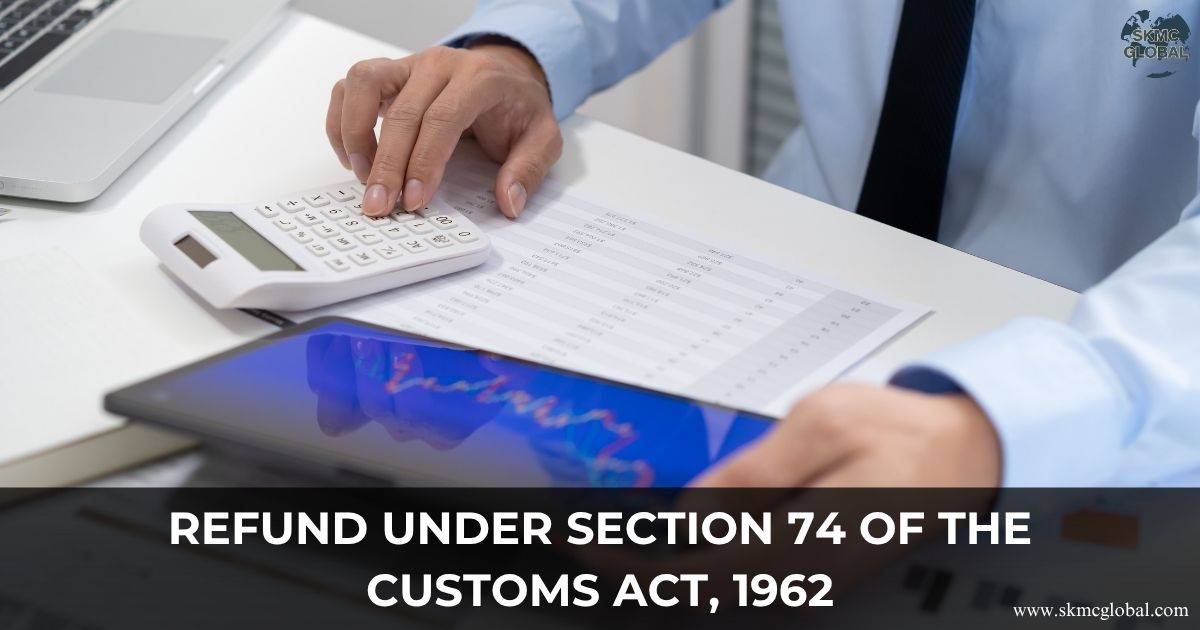 Refund under Section 74 of the Customs Act, 1962...
Oct 10,2025
Refund under Section 74 of the Customs Act, 1962...
Oct 10,2025
-
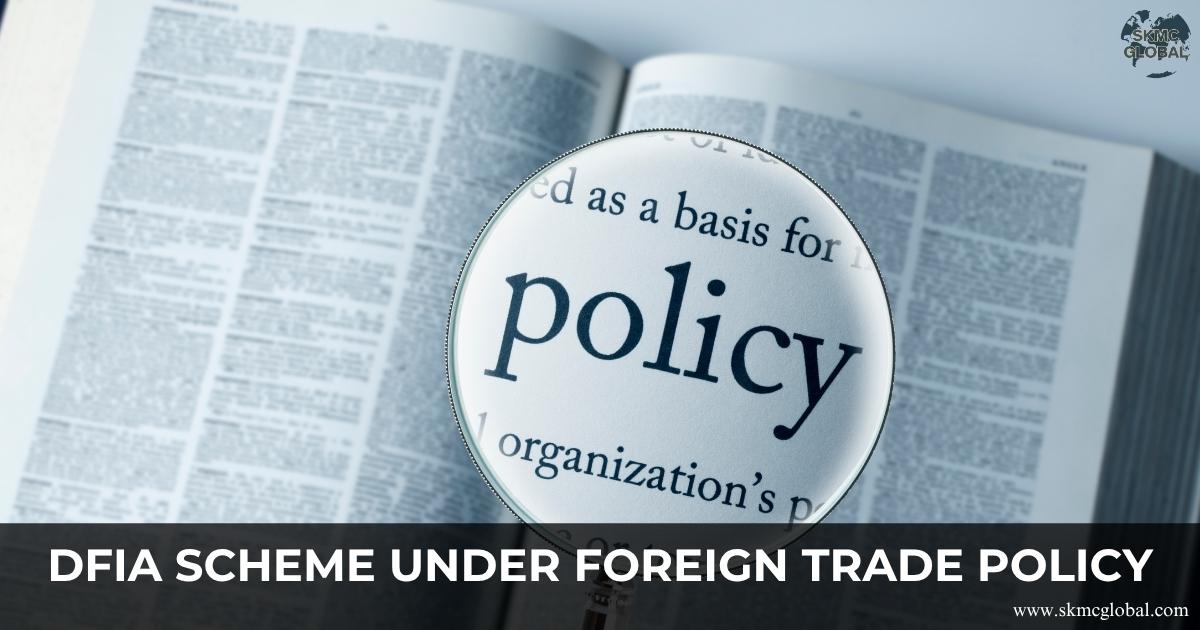 All About DFIA Scheme under Foreign Trade Policy...
Oct 07,2025
All About DFIA Scheme under Foreign Trade Policy...
Oct 07,2025
-
 Navigating BEPS 2.0: Pillar One & Pillar Two in Tr...
Aug 16,2025
Navigating BEPS 2.0: Pillar One & Pillar Two in Tr...
Aug 16,2025
-
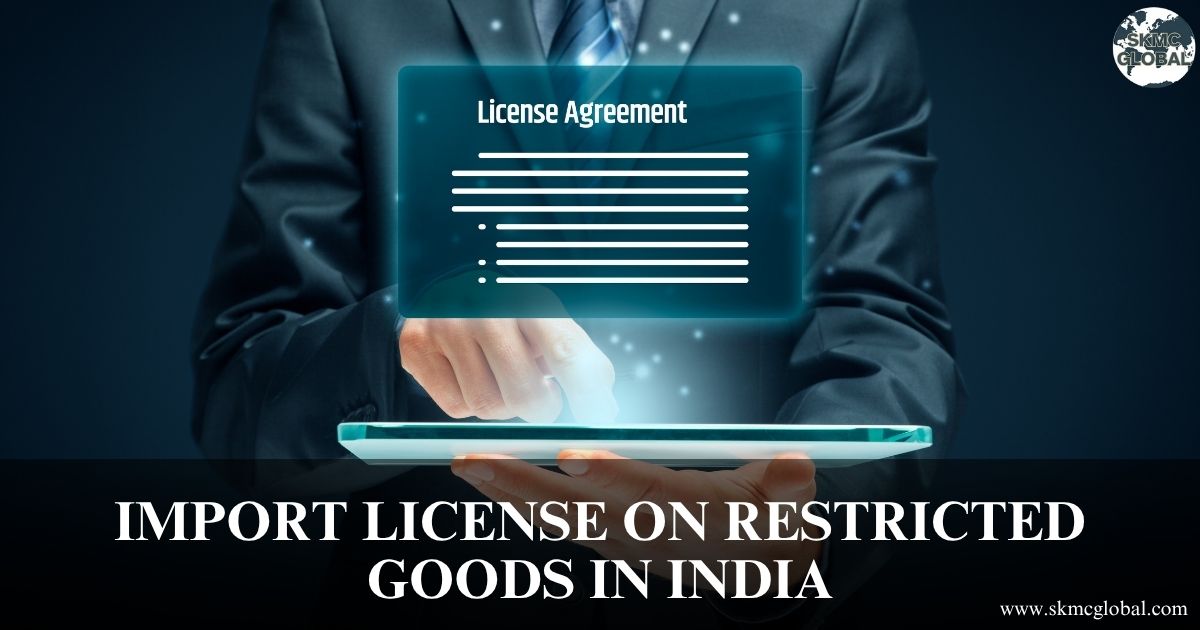 Import license on restricted goods in india...
Aug 07,2025
Import license on restricted goods in india...
Aug 07,2025
-
 Procedure to take ICEGATE Registration...
Aug 06,2025
Procedure to take ICEGATE Registration...
Aug 06,2025
-
 Procedure to setup an ESOP Trust...
Aug 01,2025
Procedure to setup an ESOP Trust...
Aug 01,2025
-
 Foreign Remittance under liberalised remittance Sc...
Jul 30,2025
Foreign Remittance under liberalised remittance Sc...
Jul 30,2025
-
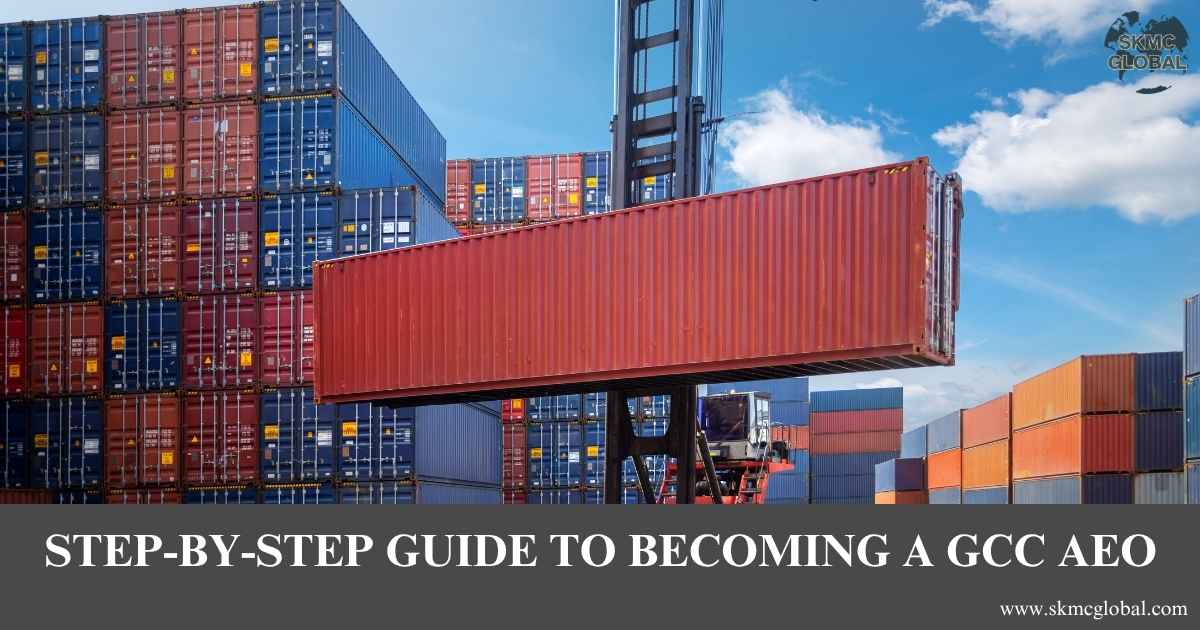 A Step-by-Step Guide to Becoming a GCC AEO...
Jul 18,2025
A Step-by-Step Guide to Becoming a GCC AEO...
Jul 18,2025
-
 Role of Mutual Recognition Agreements under AEO an...
Jul 14,2025
Role of Mutual Recognition Agreements under AEO an...
Jul 14,2025
-
 What is Anti Dumping Duty investigation and its pr...
Jul 09,2025
What is Anti Dumping Duty investigation and its pr...
Jul 09,2025
-
 Annual return requirement under RoDTEP scheme of D...
Jul 09,2025
Annual return requirement under RoDTEP scheme of D...
Jul 09,2025
-
 EPCG Registration: A Step by step Guide for Indian...
Jul 08,2025
EPCG Registration: A Step by step Guide for Indian...
Jul 08,2025
-
 Why Logistics Outsourcing Is the Future of Smart S...
Jun 02,2025
Why Logistics Outsourcing Is the Future of Smart S...
Jun 02,2025
-
 India's Foreign Trade Agreement and Investment Tre...
May 31,2025
India's Foreign Trade Agreement and Investment Tre...
May 31,2025
-
 Differences Between FCGPR and FCTRS:A Comprehensiv...
May 28,2025
Differences Between FCGPR and FCTRS:A Comprehensiv...
May 28,2025
-
 Understanding FDI Norms- A Guide for Foreign Inves...
May 29,2025
Understanding FDI Norms- A Guide for Foreign Inves...
May 29,2025
-
 What you need to know about india's special econom...
May 27,2025
What you need to know about india's special econom...
May 27,2025
-
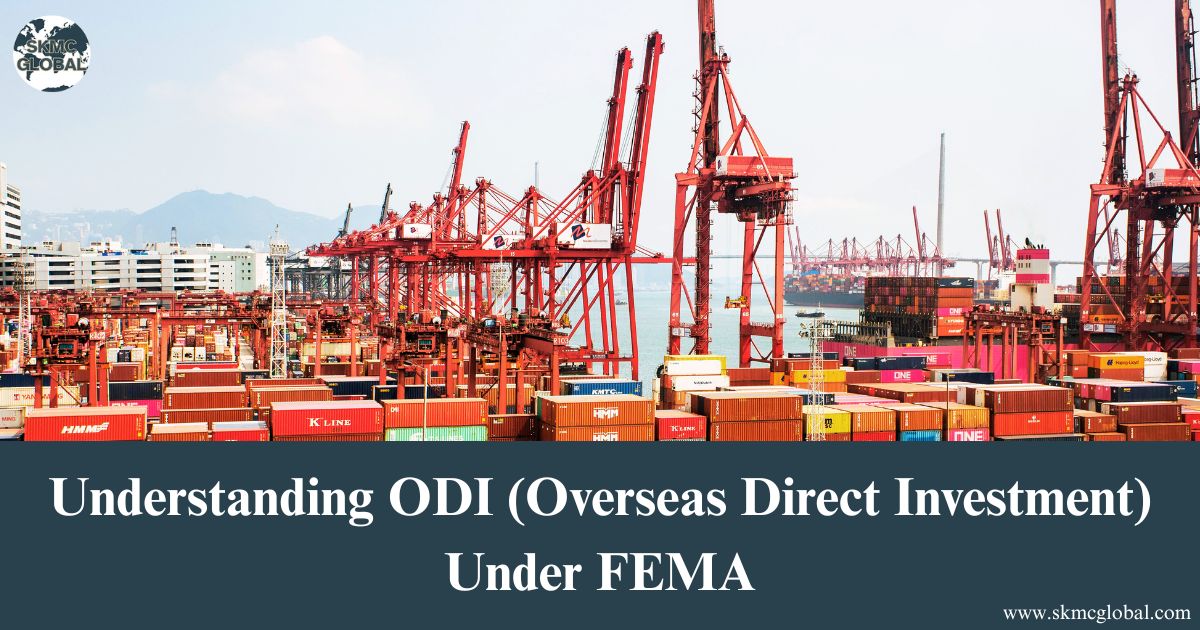 Understanding ODI (Overseas Direct Investment) Und...
May 26,2025
Understanding ODI (Overseas Direct Investment) Und...
May 26,2025
-
 How to Track AEO Registration Application and Chec...
May 22,2025
How to Track AEO Registration Application and Chec...
May 22,2025
-
 Benefits or compliance under Indian Foreign Trade ...
May 20,2025
Benefits or compliance under Indian Foreign Trade ...
May 20,2025
-
 AEO v/s Non-AEO: Key Differences and Why Your Busi...
May 19,2025
AEO v/s Non-AEO: Key Differences and Why Your Busi...
May 19,2025
-
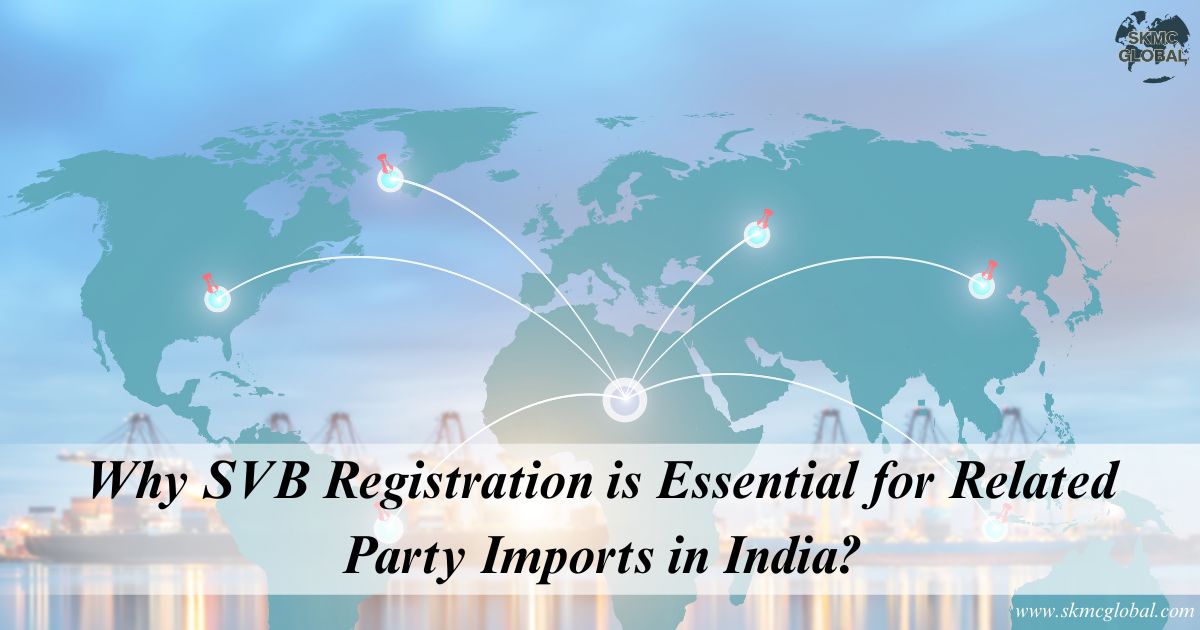 Why SVB Registration is Essential for Related Part...
May 19,2025
Why SVB Registration is Essential for Related Part...
May 19,2025
-
 How Mutual Recognition Agreements Augment AEO Cert...
May 15,2025
How Mutual Recognition Agreements Augment AEO Cert...
May 15,2025
-
 Customs Streamlining Refund Processes Through Auto...
Mar 17,2025
Customs Streamlining Refund Processes Through Auto...
Mar 17,2025
-
 Ekal Anubandh-Single Unified Multi-Purpose Electro...
Mar 06,2025
Ekal Anubandh-Single Unified Multi-Purpose Electro...
Mar 06,2025
-
 Revised guidelines on SVB assessment and its speed...
Aug 26,2021
Revised guidelines on SVB assessment and its speed...
Aug 26,2021
-
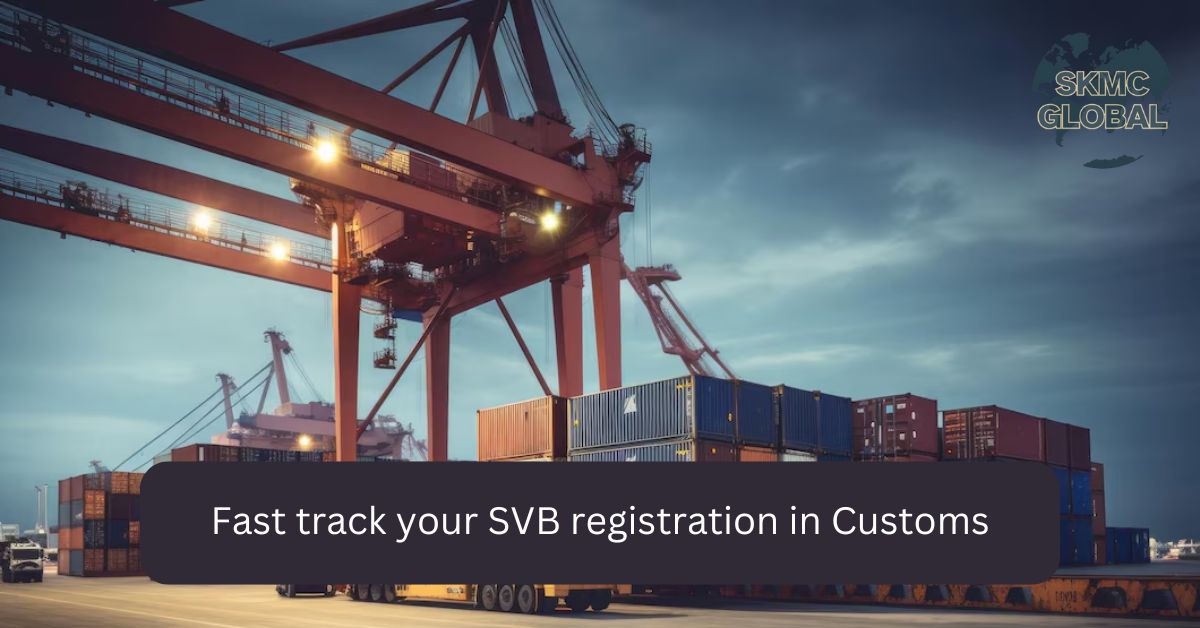 5 ways about how you can fast track your SVB regis...
Jul 21,2021
5 ways about how you can fast track your SVB regis...
Jul 21,2021
-
 AEO Registration in UAE...
Nov 16,2021
AEO Registration in UAE...
Nov 16,2021
